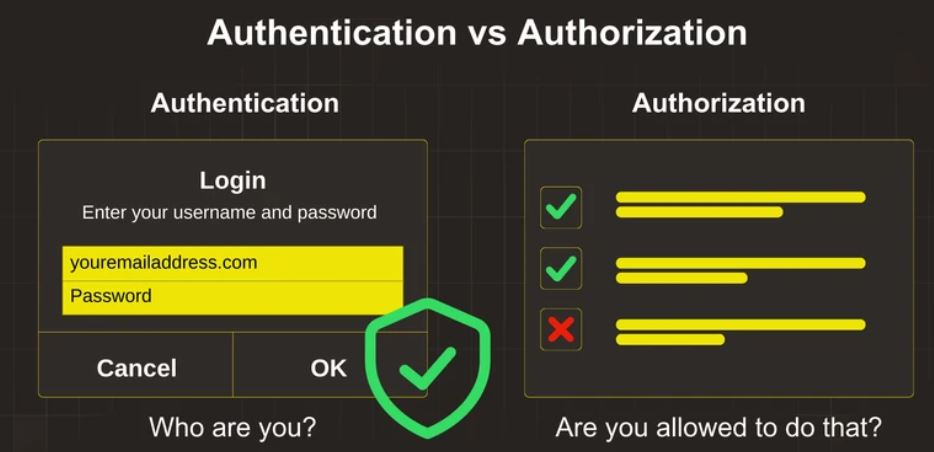MVC-Authentication and Authorization
Authentication and Authorization are two critical aspects of security in ASP.NET MVC applications. They help ensure that only the right users can access specific resources and perform certain actions.

1. Authentication
Authentication is the process of verifying the identity of a user. It determines whether the user is who they claim to be. In ASP.NET MVC, this is typically handled using various authentication mechanisms, such as:
Types of Authentication
There are several types of authentication in MVC.
- Forms Authentication
- Windows Authentication
- OAuth and OpenID Connect
1. Forms Authentication
Users provide their credentials (username and password) through a login form. If the credentials are valid, the user is authenticated and a cookie is created to track the authenticated session.
[HttpPost]
public ActionResult Login(LoginModel model)
{
if (ModelState.IsValid)
{
if (Membership.ValidateUser(model.Username, model.Password))
{
FormsAuthentication.SetAuthCookie(model.Username, model.RememberMe);
return RedirectToAction("Index", "Home");
}
else
{
ModelState.AddModelError("", "Invalid username or password.");
}
}
return View(model);
}2. Windows Authentication
Uses the Windows operating system's authentication mechanism. Useful for intranet applications where users are already authenticated by the domain.
<system.web>
<authentication mode="Windows" />
<authorization>
<deny users="?" />
</authorization>
</system.web>3. OAuth and OpenID Connect
Third-party authentication providers such as Google, Facebook, Microsoft, etc. Useful for web applications that want to leverage existing authentication mechanisms provided by these providers.
app.UseGoogleAuthentication(new GoogleOAuth2AuthenticationOptions()
{
ClientId = "your-client-id",
ClientSecret = "your-client-secret"
});2. Authorization
Authorization is the process of determining whether an authenticated user has the necessary permissions to access a resource or perform an action. In ASP.NET MVC, this can be implemented using.
There are several types of authorization in MVC.
- Role-Based Authorization
- Claims-Based Authorization
- Custom Authorization Filters
1. Role-Based Authorization
Restricts access to certain parts of the application based on user roles.
[Authorize(Roles = "Admin")]
public class AdminController : Controller
{
public ActionResult Index()
{
return View();
}
}2. Claims-Based Authorization
Uses claims (key-value pairs associated with the user) to authorize access.
[Authorize(Policy = "EmployeeOnly")]
public class EmployeeController : Controller
{
public ActionResult Dashboard()
{
return View();
}
}3. Custom Authorization Filters
Implement custom logic to determine if the user is authorized.
public class CustomAuthorizeAttribute : AuthorizeAttribute
{
protected override bool AuthorizeCore(HttpContextBase httpContext)
{
// Custom authorization logic
return httpContext.User.Identity.IsAuthenticated && httpContext.User.IsInRole("Admin");
}
}
[CustomAuthorize]
public class HomeController : Controller
{
public ActionResult Index()
{
return View();
}
}Next
